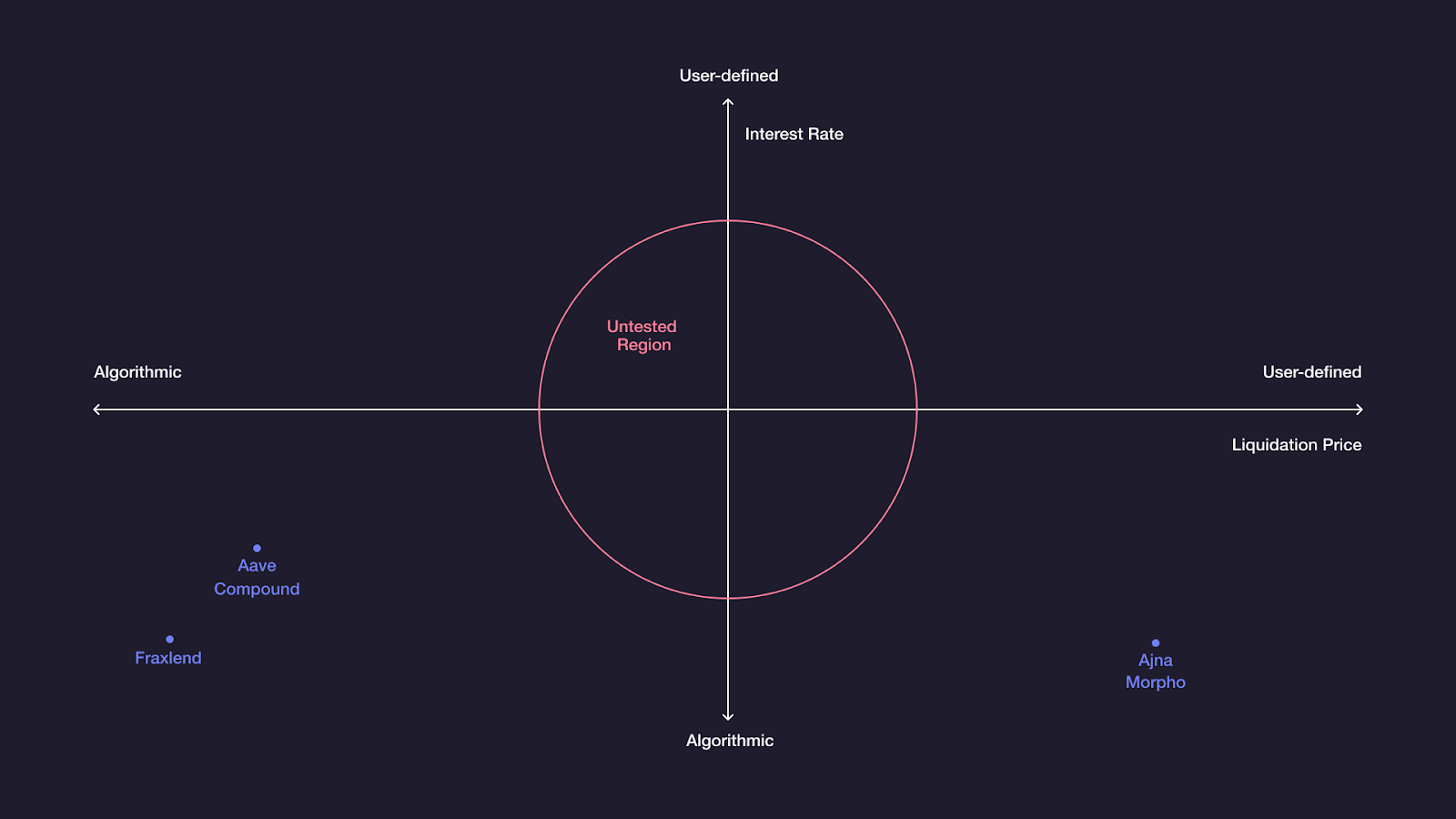
Decentralized Finance (DeFi) is undergoing a fundamental transformation as under-collateralized lending moves from theory to practice. Historically, DeFi lending protocols required borrowers to lock up assets worth more than their loan amount, a model that protected lenders but excluded users without significant crypto holdings. In 2025, this paradigm is shifting rapidly thanks to the emergence of on-chain risk scores, which enable more nuanced and data-driven credit assessments.

From Overcollateralization to Capital Efficiency
Overcollateralization has long been the default risk management strategy for DeFi protocols. Borrowers often needed to pledge 120% or more of loan value in crypto assets, making it challenging for new users or capital-constrained participants to access credit. This approach also led to inefficient capital allocation, with billions in idle collateral sitting in smart contracts rather than circulating productively.
The introduction of decentralized credit scoring changes this dynamic. By analyzing a borrower’s historical on-chain activity, such as repayment history, liquidation events, wallet age, and protocol interactions, platforms like Cred Protocol and RociFi can assign quantitative risk scores. These scores allow lenders to tailor loan terms based on actual user behavior instead of blunt collateral requirements.
How On-Chain Risk Scores Work
On-chain risk assessment leverages transparent blockchain data to evaluate borrower reliability. Key metrics include:
- Repayment History: Tracking timely repayments across multiple protocols
- Liquidation Events: Monitoring past forced liquidations as red flags
- Wallet Age and Activity: Older wallets with consistent activity signal credibility
- Diversification: Engagements with various DeFi platforms reduce concentration risk
- KYC/AML Integration: Some protocols add optional identity checks for further validation
This data-driven approach enables lenders to dynamically adjust collateral ratios and interest rates. For example, a user with a strong on-chain credit score might secure an unsecured crypto loan at competitive rates, while higher-risk borrowers face stricter terms or higher interest.
The Market Impact: Unlocking Trillions in Value
The shift toward undercollateralized lending in DeFi is not just theoretical, it’s already reshaping market dynamics. According to Q2 2025 data, on-chain cryptocurrency collateralized loans surged by 42%, reaching $26.5 billion in outstanding value, a record high fueled by growing confidence in decentralized risk models.
This growth has significant implications for both borrowers and lenders:
- Lenders: Can now serve a broader pool of borrowers without sacrificing risk controls, thanks to granular risk assessment tools.
- Borrrowers: Gain access to credit based on reputation and behavior rather than just wallet size.
- Ecosystem: Capital becomes more efficiently allocated, supporting innovation and liquidity across protocols.
The promise of decentralized identity lending and robust onchain credit history is attracting both retail users and institutional capital seeking new yield opportunities with managed exposure.
However, the transition to undercollateralized lending is not without its risks. As protocols relax collateral requirements, the need for robust DeFi risk assessment becomes paramount. On-chain risk scores must be resilient against manipulation, including sybil attacks and data spoofing. Leading platforms are investing in advanced analytics and machine learning to detect anomalous behavior, while some incorporate zero-knowledge proofs to balance transparency with privacy.
Regulatory scrutiny is also intensifying as DeFi adoption accelerates. While decentralized credit scoring offers transparency and auditability, integrating KYC/AML checks remains controversial within the community. Some protocols opt for a hybrid approach, offering both fully permissionless and semi-permissioned pools, to cater to different user segments and regulatory regimes.
Emerging Protocols and Innovations
Several projects are at the forefront of this movement. For example, TrueFi leverages on-chain credit scoring to facilitate unsecured crypto loans with higher risk-adjusted returns (8-15% APY), while RociFi’s multi-factor scoring model incorporates fraud detection and protocol reputation metrics. Platforms like Creditcoin are experimenting with connecting real-world identities to on-chain credit histories, further expanding the scope of decentralized lending.
This innovation has spurred new product categories beyond simple loans, such as revolving credit lines, dynamic interest vaults, and cross-chain lending markets, all powered by transparent risk metrics. The result is a more flexible DeFi ecosystem where capital can flow efficiently while maintaining systemic safeguards.
Challenges Ahead: Scalability and Systemic Risk
Despite rapid progress, key challenges remain for widespread adoption of undercollateralized lending DeFi. Scalability is a concern as protocols must process vast amounts of on-chain data in real time without compromising performance or security. Moreover, systemic risks, such as stablecoin depegging or smart contract exploits, could propagate more quickly in an interconnected web of unsecured loans.
Market participants are responding with new forms of risk-managed lending strategies, including real-time portfolio monitoring and automated liquidation triggers. Stablecoin lending rates continue to fluctuate in response to volatility in underlying collateral assets like ETH and BTC (see Visa’s 2025 stablecoin analysis). These dynamics underscore the importance of continuous innovation in both technology and governance models.
What’s Next for Decentralized Credit Scoring?
The next evolution will likely involve deeper integration between decentralized identity frameworks (DID), cross-protocol reputation systems, and even off-chain financial data streams. As these elements converge, expect more accurate risk models that can support larger loan volumes with lower default rates.
For users looking to participate or build in this space, understanding how on-chain risk scores enable under-collateralized lending is crucial, not only for accessing better loan terms but also for contributing to a more inclusive financial system.




